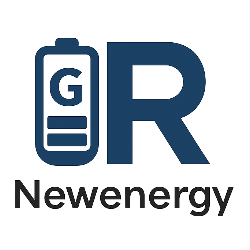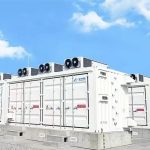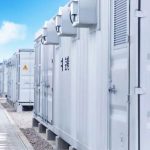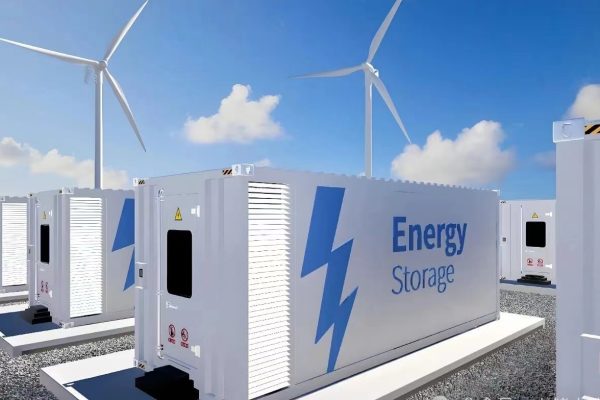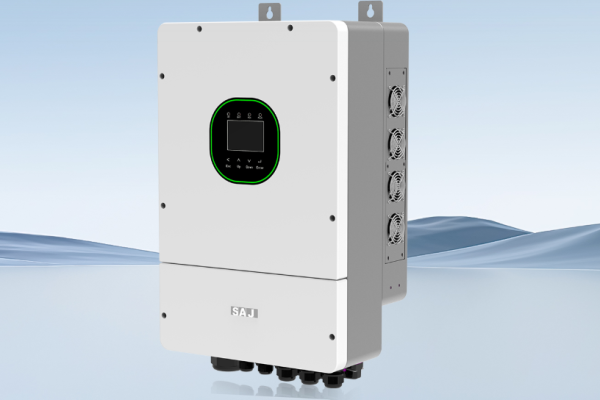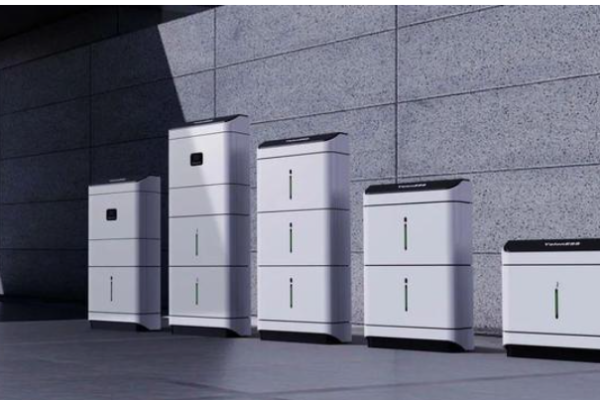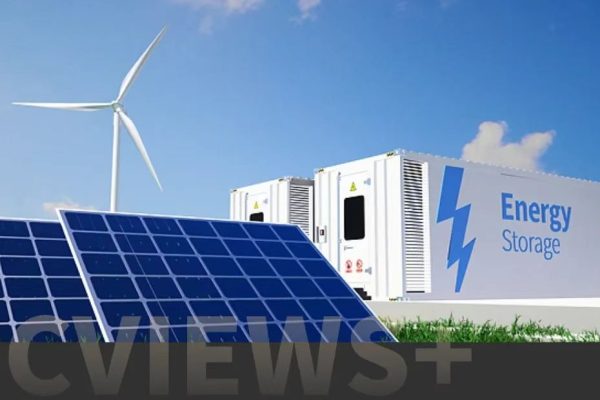What Is a Lithium Battery?
A lithium-ion battery (Li-ion) is a rechargeable energy storage device that uses lithium ions to transfer charge between the anode and cathode. Key advantages over traditional batteries include:
✔ High energy density (150-250 Wh/kg, 3× lead-acid batteries)
✔ Long cycle life (2,000-5,000 cycles at 80% capacity retention)
✔ Low self-discharge (<3% per month, 10× lower than NiMH)
Key Components
| Part | Function | Common Materials |
|---|---|---|
| Anode | Releases Li-ions during discharge | Graphite, Silicon-Carbon |
| Cathode | Accepts Li-ions during discharge | NMC, LFP, LCO |
| Electrolyte | Ion transport medium | LiPF6 in organic solvents |
| Separator | Prevents short circuits | Porous PE/PP membrane |
How Do Lithium Batteries Work?
1. Charging Process
- Li-ions move from cathode to anode through the electrolyte.
- Electrons flow externally to balance charge (stored energy).
2. Discharging Process
- Li-ions return to the cathode, releasing energy.
- Electrons power connected devices (e.g., EVs, smartphones).
3. BMS Protection
- Battery Management System (BMS) monitors:
→ Voltage/Cell balancing
→ Temperature control (critical for safety)
→ Overcharge/over-discharge prevention
Types of Lithium Batteries
| Type | Chemistry | Pros | Best For |
|---|---|---|---|
| NMC | LiNiMnCoO₂ | High energy density | EVs, Power tools |
| LFP | LiFePO₄ | Ultra-safe, long lifespan | Solar storage, ESS |
| LCO | LiCoO₂ | Compact size | Smartphones, laptops |
| LTO | Li₄Ti₅O₁₂ | Fast charging (-30°C to +60°C) | Industrial, military |
Top Applications of Lithium Batteries
1. Electric Vehicles (EVs)
- Tesla NMC Batteries: 300+ miles range, 15-min fast charge.
- BYD Blade LFP: 1.2M km lifespan, zero thermal runaway.
2. Renewable Energy Storage
- Home ESS: 5-20kWh systems (e.g., Tesla Powerwall).
- Grid-Scale: 100MWh+ LFP farms (e.g., CATL).
3. Consumer Electronics
- Smartphones (LCO): 500 cycles @ 80% capacity.
- Drones (NMC): High discharge rate (50C).
How to Choose a Lithium Battery?
Step 1: Define Requirements
- Voltage: 12V, 24V, 48V, or custom?
- Capacity: Calculate kWh needs (e.g., 5kWh for 24h backup).
Step 2: Select Chemistry
- Prioritize safety? → LFP
- Need max energy? → NMC
- Extreme temps? → LTO
Step 3: Verify Certifications
- UN38.3 (transport safety)
- UL1973 (stationary storage)
- IEC 62619 (industrial use)
Lithium vs. Other Batteries
| Parameter | Li-ion | Lead-Acid | NiMH |
|---|---|---|---|
| Energy Density | 250 Wh/kg | 50 Wh/kg | 100 Wh/kg |
| Cycle Life | 5,000+ | 500 | 1,500 |
| Cost/kWh | $150-$300 | $50-$100 | $200-$400 |
Future Trends (2024-2030)
- Solid-State Batteries: 2× energy density (Toyota prototype).
- Sodium-Ion: Low-cost alternative (CATL mass production).
- Battery Recycling: 95% Li/Co recovery (Redwood Materials).
Conclusion
Lithium batteries dominate modern energy storage with unmatched efficiency and versatility. For optimal selection, match chemistry to your application (LFP for safety, NMC for energy) and always use BMS-protected packs.
Need a custom Li-ion solution? Consult with battery engineers for tailored specs.
